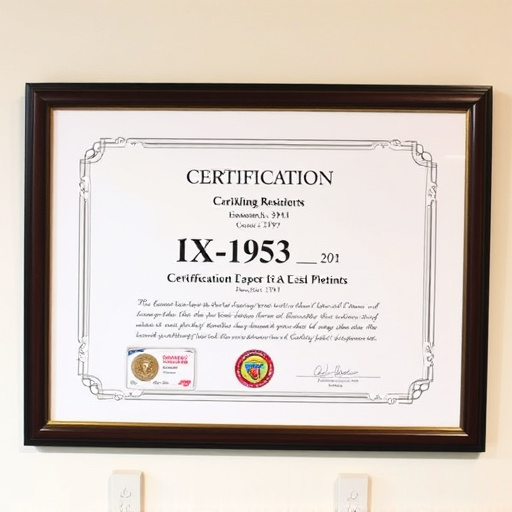The size of mass airflow sensors (MAFs) plays a crucial role in their performance and compatibility with automotive intake systems. Smaller, compact enclosures cater to lower airflow demands, while larger ones support high-performance vehicles. This diversity ensures accurate air measurement, optimizing fuel injection and engine efficiency across various vehicle models and compatible intakes. In terms of mass airflow sensors compatible intakes, the housing size is a key factor in achieving optimal performance.
“In the realm of automotive sensors, understanding housing size options is key. This guide explores the intricacies of sensor housing dimensions, focusing on their compatibility with mass airflow sensors (MAS). From the bustling metropolis of engine bays to the intricate labyrinthine designs, choosing the right housing size ensures optimal sensor performance. We’ll navigate through factors like material, shape, and mounting style, helping you select the perfect fit for your vehicle’s unique requirements, especially when it comes to compatible intakes.”
- Understanding Sensor Housing Sizes: A Quick Guide
- Choosing the Right Mass Airflow Sensor Compatible Intake
- Factors to Consider When Selecting Sensor Housing Size Options
Understanding Sensor Housing Sizes: A Quick Guide

When it comes to sensors, especially those designed for automotive applications like mass airflow sensors (MAFs), the housing size plays a pivotal role in performance and compatibility. Understanding this aspect is crucial for ensuring optimal sensor function within your vehicle’s intake system. MAF sensors are typically housed in compact yet robust enclosures that facilitate seamless integration with compatible intakes.
Housing sizes vary to accommodate different vehicle models and airflow requirements. A smaller housing might be ideal for applications requiring less air flow, while larger ones cater to high-performance vehicles needing enhanced mass airflow sensing. This variety ensures that the sensor can accurately measure the amount of air entering the engine, thereby optimizing fuel injection and overall engine efficiency.
Choosing the Right Mass Airflow Sensor Compatible Intake

When selecting a Mass Airflow Sensor Compatible Intake, it’s crucial to consider your vehicle’s make, model, and year to ensure optimal performance and accuracy. Different vehicles have distinct intake requirements, so matching the right sensor with your car’s specifications is essential. Look for intakes designed specifically for your vehicle, as these will be engineered to seamlessly integrate with your mass airflow (MAF) sensor, ensuring precise air-fuel ratio readings.
Proper fitment is key; a compatible intake should securely attach to your engine and align with the MAF sensor’s location. This ensures unobstructed airflow and accurate measurements. Additionally, consider the material and construction of the intake; high-quality materials can withstand extreme temperatures and ensure longevity. Choose a design that complements your vehicle’s performance capabilities for optimal results.
Factors to Consider When Selecting Sensor Housing Size Options

When selecting sensor housing size options, several factors come into play. Firstly, consider the application and environment where the sensor will be installed. Different settings, such as industrial facilities or automotive engines, may require specific housing sizes to ensure optimal performance and protection against harsh conditions like temperature extremes or dust infiltration. For instance, mass airflow sensors compatible with intakes need larger openings for efficient air flow while maintaining robust construction to withstand vibrations.
The type of sensor and its functionality also dictate the housing size. Some sensors, like temperature or pressure gauges, may have more compact designs, while others, such as advanced environmental sensors, might necessitate larger enclosures to accommodate intricate circuitry and components. Additionally, the available space at the installation location should be evaluated. Proper clearance for airflow, mounting options, and potential obstructions are essential considerations that influence the choice of housing size.
When selecting a sensor housing size, understanding your vehicle’s specific requirements is key. By considering factors like engine type and performance goals, you can choose between various mass airflow sensor compatible intakes. These options ensure optimal air-fuel ratio measurement, enhancing engine efficiency. Remember, the right sensor housing size is a crucial component in achieving precise and reliable performance, catering to both everyday driving and high-performance needs.














